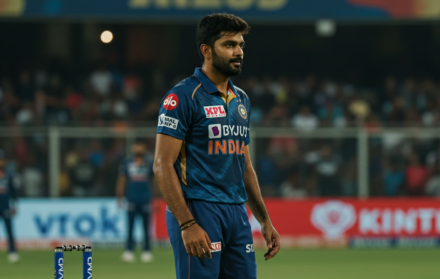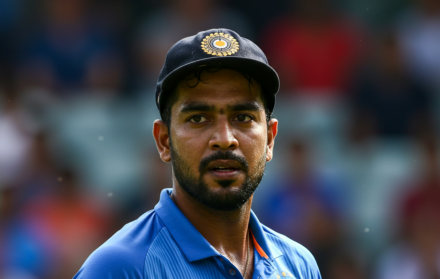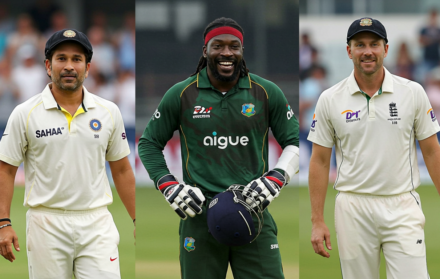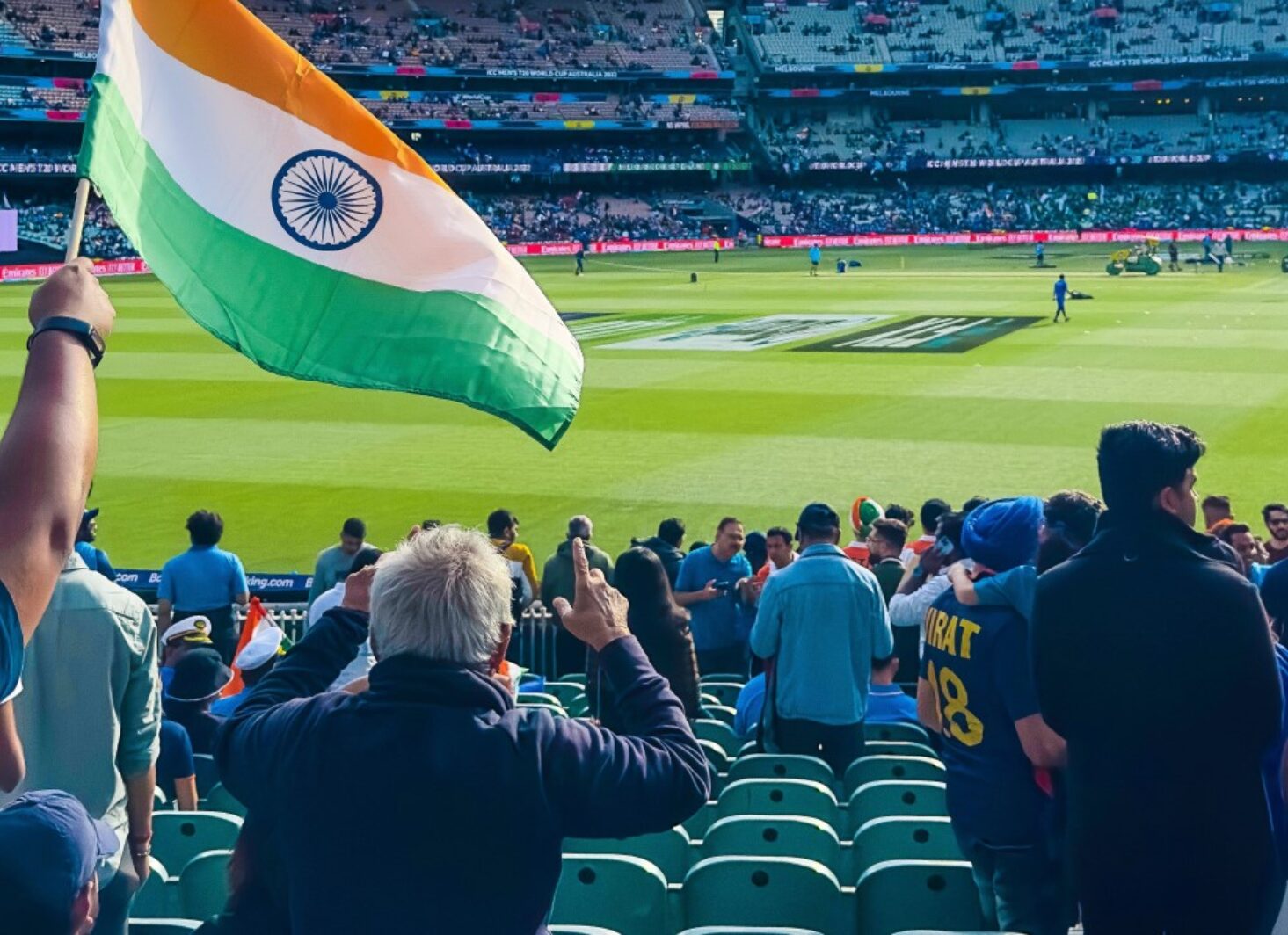
What is the Difference Between an ODI And a T20 Match
Cricket is a popular sport with different formats, the two most prominent being One Day Internationals (ODIs) and T20 (Twenty20) matches. Understanding the differences between these formats is essential for cricket enthusiasts.
In an ODI, the format and duration are designed for a full day’s play. The match consists of two innings, with each team batting for a set number of overs.
The number of overs in an ODI is typically 50 for each team. The strategies employed in ODI matches involve a balance of building partnerships and maintaining a steady run rate throughout the innings.
On the other hand, T20 matches are shorter and more fast-paced. They are completed within a few hours, making them highly exciting and spectator-friendly. Each team bats for 20 overs in a T20 match, resulting in aggressive and high-scoring gameplay.
The strategies in T20 matches involve explosive batting, taking calculated risks, and utilizing power-hitting to score quickly.
The differences between ODI and a T20 match extend beyond just match duration and number of overs. ODI matches tend to have a more traditional and strategic approach due to the longer duration, whereas T20 matches prioritize quick runs and aggressive gameplay.
The pace of the game is faster in T20 matches, with more action-packed moments.
In terms of popularity, T20 matches have gained significant traction, especially in recent years. The fast-paced nature of T20 cricket, along with its entertainment value and shorter duration, has attracted a large fan base. T20 matches are more dynamic and offer thrilling moments, making them appealing to a wider audience.
Understanding ODI Matches
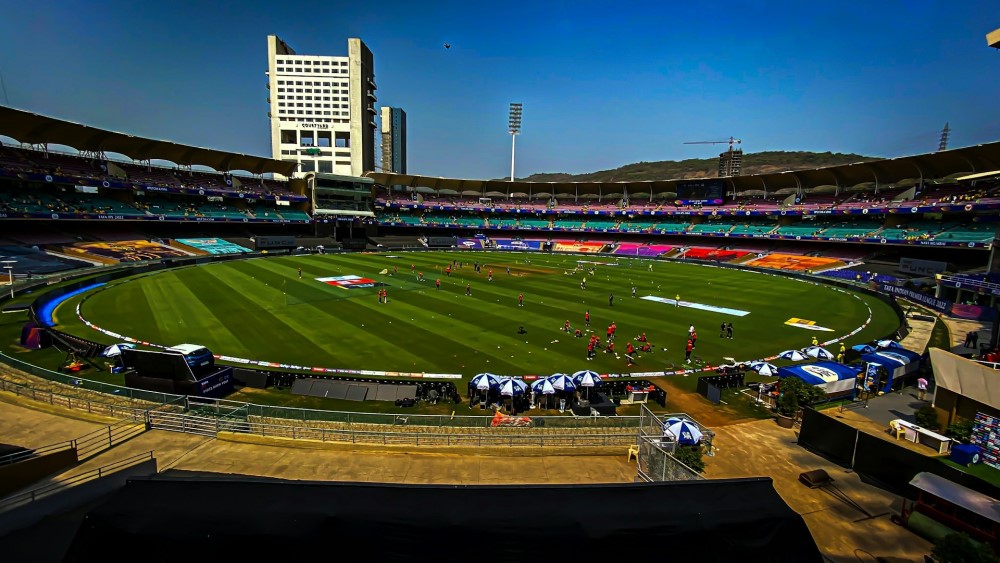
When it comes to cricket, there’s a crucial distinction we need to make: ODI matches. In this section, we’ll unlock the secrets behind ODI matches by exploring their format and duration, the number of overs involved, as well as the strategies and gameplay that come into play.
Get ready to dive into the fascinating world of ODI matches, where every ball counts and the thrill never stops. So grab your cricket caps and let’s unravel the excitement!
Format and Duration
The format and duration of cricket matches differ significantly across different formats. Here is a comparison:
Test Matches
- Format: Unlimited overs per side
- Duration: Several days
- Strategy: Patience and long innings
- Gameplay: Emphasis on building a solid foundation
ODI Matches
- Format: 50 overs per side
- Duration: Approximately 8 hours
- Strategy: Balanced approach with flexibility
- Gameplay: More focus on building innings
T20 Matches
- Format: 20 overs per side
- Duration: Approximately 3 hours
- Strategy: Aggressive and fast-paced
- Gameplay: Quick scoring and power hitting
Pro-tip: Understanding the format and duration of different cricket formats is important for fans and players alike. It helps in appreciating the nuances of the game and adapting strategies accordingly.
Number of Overs
The number of overs in a cricket match varies depending on the format.
In One Day Internationals (ODIs), each team gets 50 overs to bat and bowl. The longer duration allows for a balance of gameplay, with teams having the chance to build innings and adapt strategies.
On the other hand, Twenty20 (T20) matches have a shorter format, with 20 overs per side. This encourages aggressive and fast-paced gameplay, where teams aim to score quickly and take wickets.
The number of overs in a match impacts the pace, strategy, and overall dynamics of the game.
Strategy and Gameplay
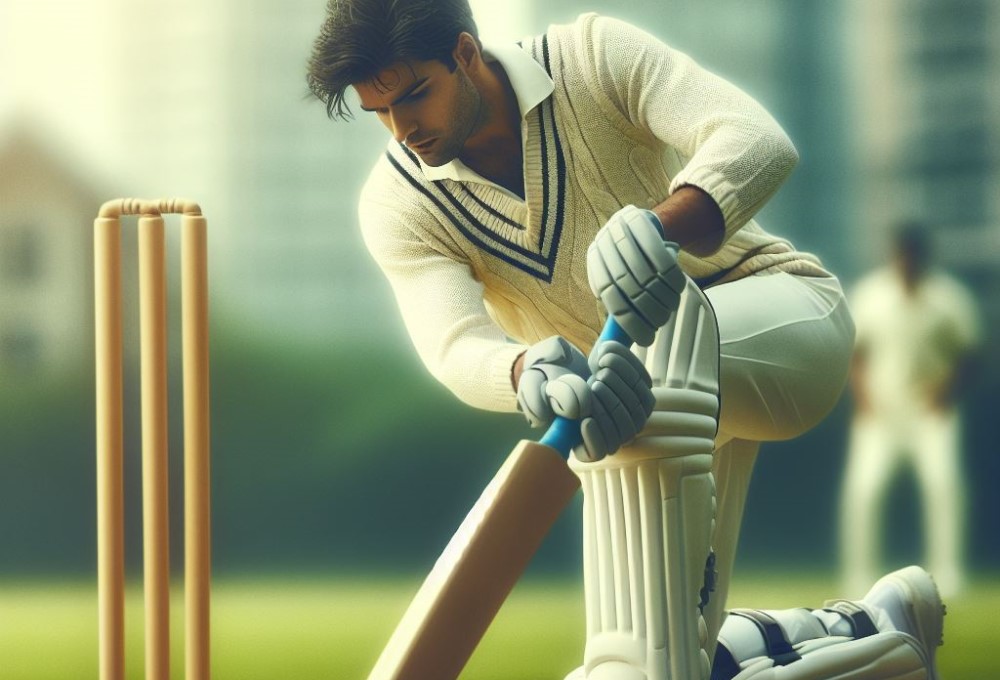
In cricket, strategy and gameplay are the key elements that play a crucial role in both ODI and T20 matches. Here are some significant aspects to consider for each format:
- ODI Matches: In ODI matches, teams have 50 overs to score runs and defend. Batsmen focus on building partnerships and maintaining a steady run rate. Bowlers must vary their pace and line to outsmart batsmen and execute their strategy effectively.
- T20 Matches: T20 matches are known for their fast-paced nature, with teams having 20 overs each. Batsmen aim to consistently score boundaries, while bowlers focus on limiting runs and taking wickets by implementing their strategic gameplay.
To excel in both formats, teams need to adapt their strategies accordingly. In ODI matches, pacing the innings and rotating the strike are key strategies, while T20 matches require aggressive yet calculated shot-making as part of the gameplay. Captains and coaches employ different tactics and field placements based on the specific format.
Ultimately, teams must strike a balance between aggression and caution, ensuring a mix of attacking shots and steady accumulation of runs in their gameplay. Good communication and decision-making between players are essential for a successful overall strategy.
So, whether it’s the longer format of ODI or the shorter T20 game, a well-thought-out strategy and skillful gameplay are vital to achieving success on the cricket field. Best of luck to all the teams!
Understanding T20 Matches

In the captivating world of cricket, the T20 format brings a breath of fresh air. Now, let’s dive into understanding T20 matches and what sets them apart.
From the format and duration to the number of overs and the exciting strategies involved, we’ll explore the intriguing dynamics of T20 cricket and how it adds a thrilling twist to the game. Get ready for a high-paced adventure on the cricket field!
Format and Duration
The format and duration of ODI and T20 matches differ significantly. The table below provides a comparison between the two formats based on these aspects:
| ODI Matches | T20 Matches | |
| Format | One Day International | Twenty20 |
| Duration | 50 overs per side | 20 overs per side |
In terms of format and duration, ODI matches are characterized by a total of 50 overs, with each over consisting of six balls. In contrast, T20 matches have a shorter duration, with each team playing for only 20 overs. This significant difference in duration impacts various aspects of the game, including the pace, strategy, and gameplay.
ODI matches provide teams with the opportunity to construct their innings through a more measured approach. On the other hand, T20 matches demand teams to adopt a more aggressive stance right from the beginning.
Number of Overs
The number of overs in an ODI (One Day International) match and a T20 (Twenty20) match differs significantly.
ODI Matches:
- Format and Duration: ODI matches are called as such because they are limited to a single day.
- Typically, an ODI match consists of 50 overs per team.
T20 Matches:
- Format and Duration: T20 matches are the shortest format of the game, with a duration of about 3 hours.
- T20 matches consist of 20 overs per team.
In summary, while ODI matches have a total of 50 overs per team, T20 matches have only 20 overs per team, making it a faster and more dynamic format of the game.
Strategy and Gameplay
To excel in ODI and T20 matches, understanding strategy and gameplay is crucial. Here are key elements to consider:
- Tactics: Strategy and gameplay play a major role in both ODI and T20 matches. In ODI matches, building partnerships and maintaining a steady run-rate is crucial. T20 matches focus on quick scoring and exploiting powerplay overs.
- Skillset: A good understanding of strategy and gameplay is essential to excel in both formats. The ability to adapt to varying match situations is important. In ODI matches, consistent shot selection and pacing innings effectively are necessary, while T20 matches require explosive hitting and quick decision-making.
- Bowling: Strategy and gameplay come into play for bowlers in both ODIs and T20s. In ODIs, bowlers focus on restricting the opposition and taking wickets in the middle overs. In T20s, aggressive and innovative bowling, such as yorkers and slower balls, is essential to limit runs.
- Fielding: Strategy and gameplay also apply to fielding in both ODI and T20 formats. Agile fielding and sharp catching are vital in both formats. In T20s, fielding positions are adjusted strategically to anticipate aggressive batting strokes.
In the 2016 T20 World Cup final, Carlos Brathwaite’s four consecutive sixes in the final over led West Indies to victory against England, showcasing the importance of strategic hitting in T20 matches.
Differences Between ODI and T20 Matches
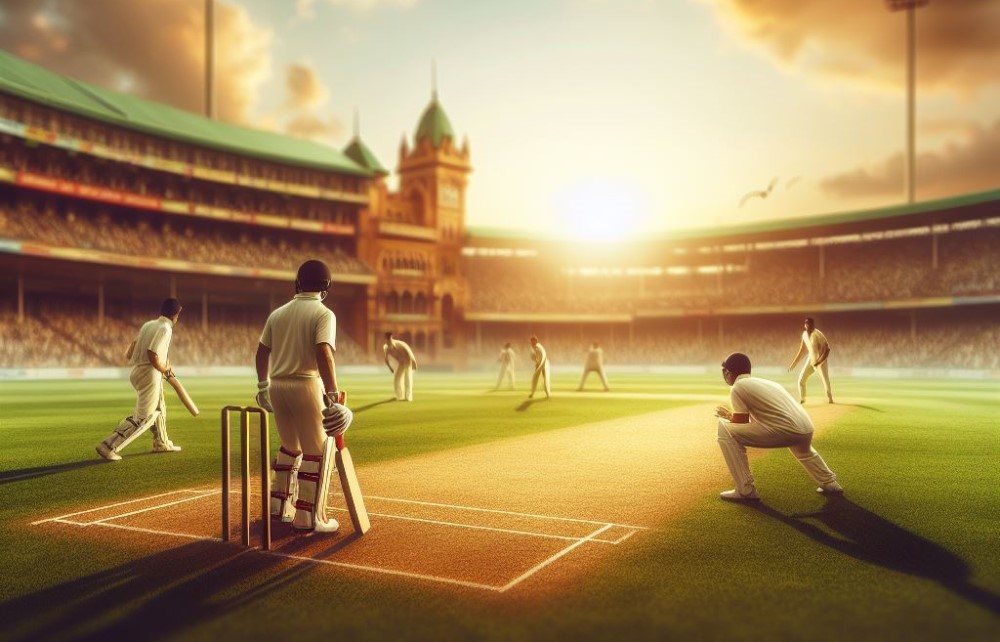
In the world of cricket, there exists a contrasting dichotomy between the beloved ODI and fast-paced T20 matches. Get ready to explore the intriguing dissimilarities that set these two formats apart.
From the duration of the matches to the pace of the game, and even the strategies and approaches employed by players, we’ll delve into the captivating details that shape the essence of each type of cricketing spectacle.
So, sit back, grab your cricketing cap, and let’s unravel the mesmerizing disparities between ODI and T20 matches!
Match Duration
In One Day International (ODI) matches, the match duration is approximately 8 hours. This includes the playing time of 50 overs for each team, as well as breaks and intervals between innings.
On the other hand, Twenty20 (T20) matches have a shorter match duration, taking around 4 hours. In T20 matches, each team has a maximum of 20 overs to play.
This difference in match duration allows for distinct gameplay strategies and adds to the excitement and pace of the game in both formats.
Number of Overs
The “Number of Overs” is an important factor that sets apart ODI and T20 matches. Let’s compare the number of overs in each format:
In ODIs, both teams are allotted 50 overs to bat and establish a target or chase a total.
Conversely, T20 matches are characterized by a more rapid and intense pace, where each team has only 20 overs to exhibit their skills.
The limited “number of overs” in T20 matches often leads to aggressive gameplay and taking risks to score quickly. This differing “number of overs” significantly impacts the strategies and gameplay employed in each format.
Pace of the Game
The pace of the game is a significant aspect that sets ODI and T20 matches apart. Here are some key distinctions:
- Number of overs: In ODI matches, each team has 50 overs to bat and bowl, resulting in a longer game. Conversely, T20 matches comprise only 20 overs per team, leading to a faster-paced game.
- Scoring rate: Due to the limited number of overs in T20 matches, teams tend to score more aggressively and strive for higher run rates. In ODI matches, teams have more time to establish partnerships and strategize their innings, resulting in a relatively lower scoring rate.
- Fielding restrictions: T20 matches enforce stricter fielding restrictions, allowing only a limited number of fielders outside the inner circle during specific phases of the game. This rule encourages more attacking play and quicker run-scoring opportunities.
- Strategy and approach: The shorter duration of T20 matches compels teams to adopt a more aggressive approach right from the start. In ODI matches, teams often pace their innings, striking a balance between steady run accumulation and preserving wickets for a late surge.
Strategy and Approach
In both ODI and T20 matches, Strategy and Approach play a vital role in determining the outcome of the game. Teams must carefully plan their batting and bowling strategies to adapt to the format’s specific requirements.
In ODI matches, teams often adopt a more cautious Approach, as they have more overs and time to build their innings. Batsmen focus on rotating the strike and building partnerships, while bowlers aim to contain the opposition through tight lines and lengths.
On the other hand, T20 matches demand a more aggressive and innovative Strategy. Batsmen look to score quickly, often playing big shots from the start, while bowlers focus on variations and strategies to restrict the batting side.
Understanding the nuances of the format and employing the right Strategy and Approach is crucial for teams to succeed in both ODI and T20 matches.
Which Format is More Popular and Why?
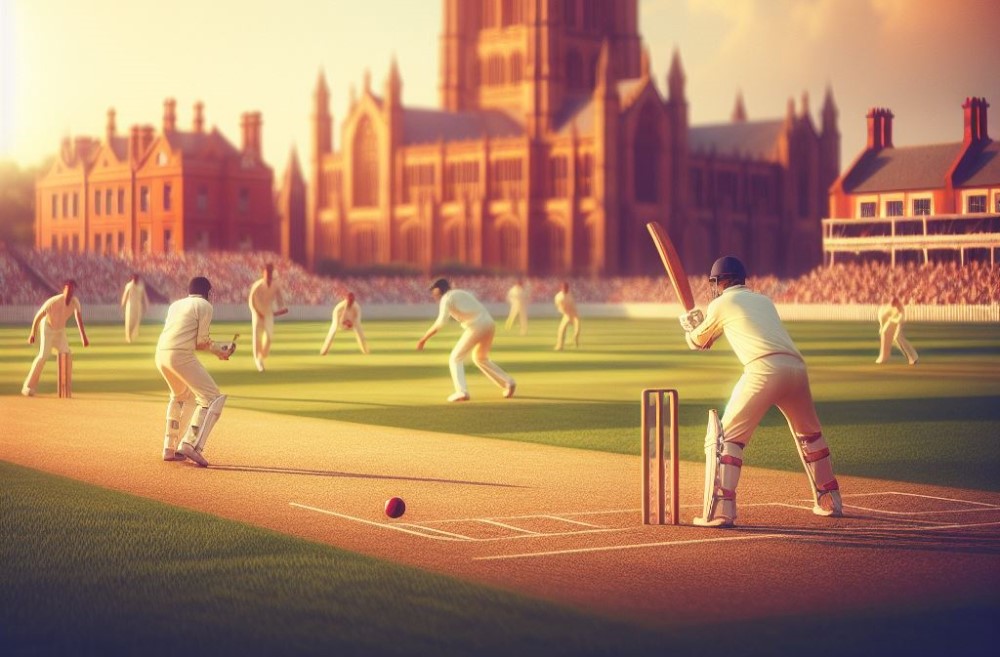
T20 cricket format is more popular than ODI. It is fast-paced, exciting, and condensed, making it more appealing to younger audiences and those with limited time.
- Duration: T20 matches are shorter, typically lasting around three hours, compared to ODI matches that can go on for six to eight hours.
- Scoring: T20 matches have higher scoring rates, with sixes and boundaries being more common, providing more entertainment for spectators.
- Spectator engagement: T20 matches incorporate music, cheerleaders, and other entertainment elements, creating a festive atmosphere and attracting larger crowds.
Fact: The T20 World Cup consistently attracts larger television viewership and fills stadiums, demonstrating its immense popularity globally.
Frequently Asked Questions
What is the difference between an ODI and a T20 match?
T20 and ODI are two formats of limited-overs cricket played at the international level. T20 matches consist of 20 overs per side, while ODIs have 50 overs per side.
How long does a T20 match typically last?
T20 matches typically last three to four hours.
How long does an ODI match usually take?
ODI matches can take up to nine to ten hours to complete.
What is the main difference in strategic play between T20 and ODI?
T20 matches are faster-paced and more aggressive, with teams trying to score as many runs as possible in a short amount of time. ODIs are more strategic, with teams balancing the need to score runs with preserving wickets.
What are the powerplay rules in T20 and ODI cricket?
T20 matches have a single Powerplay, while ODIs have three Powerplays. Powerplays are specific periods during limited-overs matches where fielding rules are changed to make it harder or easier for batting.
What is the highest score ever recorded in a T20 match and an ODI match?
The highest score in a T20 match between two international sides was 278 runs, scored by Afghanistan against Ireland in 2019. The current highest ODI score is 498 runs by England against the Netherlands in 2022.
